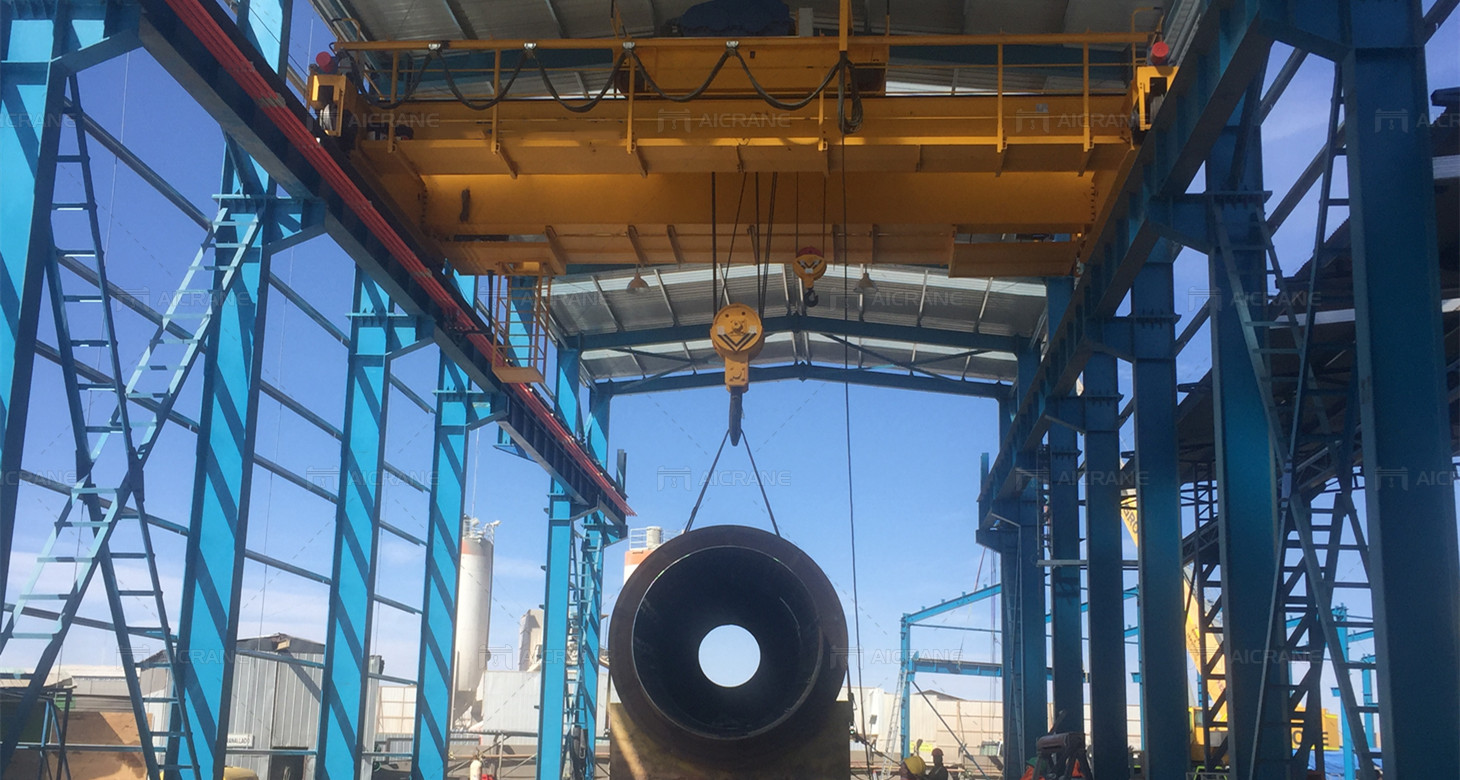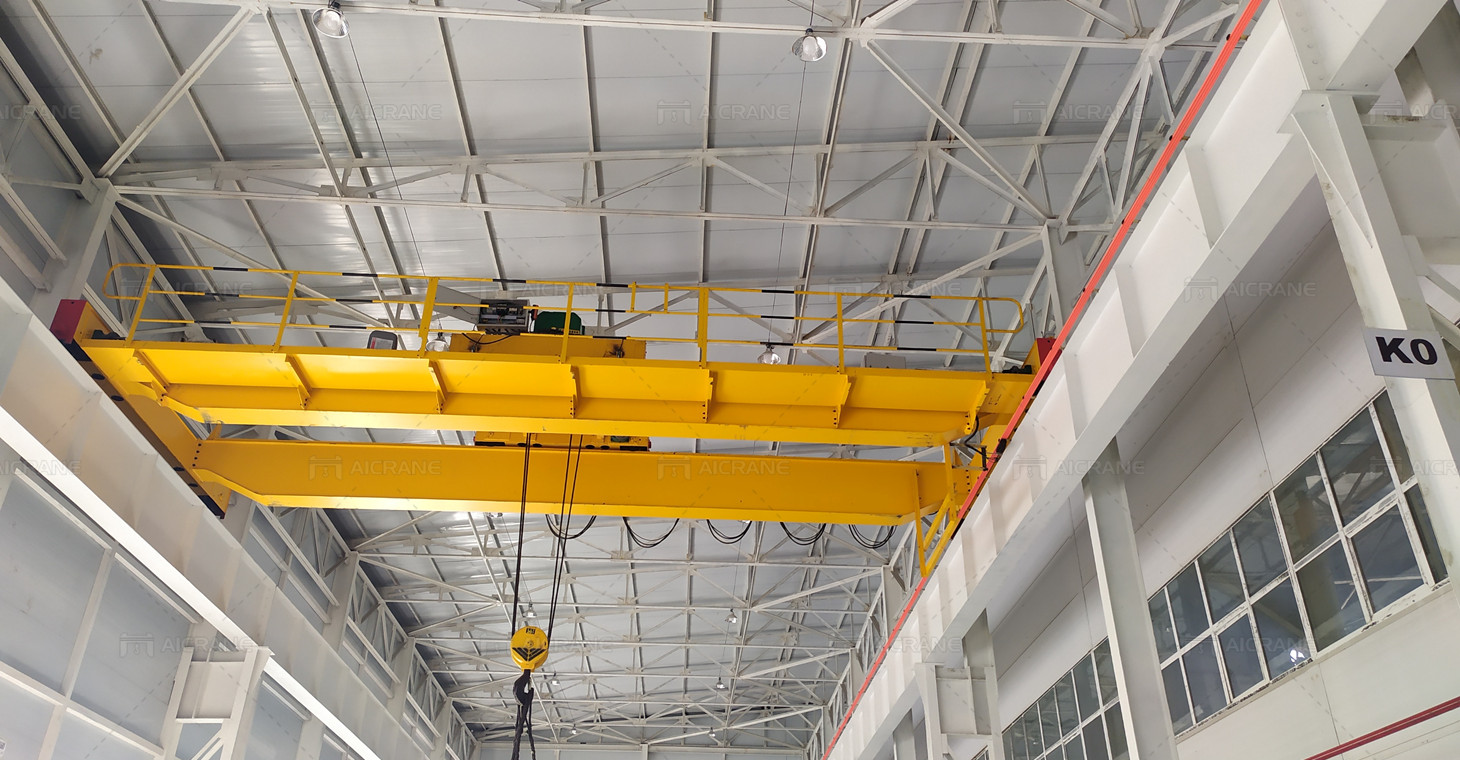In the dynamic landscape of material handling and industrial processes, the Double Beam Electric Overhead Travel (EOT) Crane has emerged as a pivotal innovation, revolutionizing the way heavy loads are lifted and transported within manufacturing facilities and construction sites. This robust machinery features two parallel steel beams that provide enhanced stability and lifting capabilities. Over the years, several innovations have transformed the conventional double beam eot crane into a versatile and efficient solution for various industries. In this exploration, we delve into six key innovation points that have propelled the evolution of double beam eot cranes.

Advanced Control Systems
The first and foremost innovation lies in the incorporation of advanced control systems. Traditional EOT Cranes were often operated manually, requiring considerable skill and precision from the crane operator. Modern double beam eot cranes are equipped with state-of-the-art control systems that include programmable logic controllers (PLCs) and variable frequency drives (VFDs). These technologies enable smoother and more precise control over the crane’s movements, contributing to increased safety, efficiency, and productivity.
The PLCs act as the brain of the crane, automating various functions such as load sensing, collision avoidance, and emergency shutdowns. VFDs, on the other hand, facilitate variable speed control, allowing for gradual acceleration and deceleration, reducing wear and tear on the crane components. The integration of these advanced control systems not only enhances the overall performance of the crane but also reduces the likelihood of accidents and minimizes downtime.
Smart Monitoring and Maintenance
Innovation in double beam eot cranes extends beyond operational enhancements to proactive maintenance strategies. The integration of smart monitoring and predictive maintenance technologies has become a game-changer for industries relying on these cranes. Sensors and IoT (Internet of Things) devices are strategically placed on critical components of the crane, continuously collecting data on parameters such as load capacity, stress levels, temperature, and vibration.
By leveraging this data, maintenance teams can predict potential issues before they escalate into costly breakdowns. Condition-based monitoring allows for a shift from reactive to proactive maintenance, reducing downtime and extending the lifespan of crane components. This innovation not only enhances the reliability of double beam eot cranes but also contributes to overall cost savings for industries that depend on these heavy-duty machines.
Remote Operation and Automation
With advancements in technology, double beam eot cranes have embraced remote operation and automation, marking another significant innovation. Remote-controlled cranes enable operators to manipulate the crane’s movements from a safe distance, providing a clear view of the entire lifting operation. This not only enhances safety by reducing the risk of accidents but also allows for more precise control in confined spaces.
Automation further extends the capabilities of double beam eot cranes by enabling them to perform predefined tasks with minimal human intervention. Automated cranes can follow precise lifting and transport sequences, optimizing efficiency and reducing the reliance on skilled operators. The integration of remote operation and automation aligns with the broader trend of Industry 4.0, where connectivity and smart technologies are transforming traditional manufacturing processes.

Energy-Efficient Design
In response to growing concerns about energy consumption and environmental sustainability, the innovation of energy-efficient design has become a focal point for double beam eot cranes. Manufacturers have invested in developing cranes with features such as regenerative braking systems and energy recovery devices. Regenerative braking harnesses the energy generated during the braking of the crane and converts it back into electrical energy, which can be fed back into the power supply system.
Additionally, the use of energy-efficient motors and components helps reduce overall power consumption. These innovations not only contribute to a more sustainable operation but also result in cost savings for industries with high energy demands. As environmental considerations continue to gain prominence, the integration of energy-efficient design features positions double beam eot cranes as responsible and future-ready solutions.
Adaptive Load Handling
The ability to handle diverse and irregular loads is a crucial aspect of material handling equipment. Innovations in adaptive load handling have enhanced the versatility of double beam eot cranes, allowing them to efficiently lift and transport loads of varying shapes, sizes, and weights. The incorporation of smart load sensing technologies enables the crane to dynamically adjust its lifting capacity based on the characteristics of the load.
Load sway control systems further contribute to the adaptability of double beam electric overhead cranes by minimizing the swinging motion of the load during lifting and transportation. This not only improves safety but also allows for more precise positioning of the load. The innovation in adaptive load handling ensures that double beam eot cranes can tackle a wide range of lifting challenges, making them indispensable in industries with diverse material handling requirements.
Modular and Customizable Configurations
The final innovation point lies in the development of modular and customizable configurations for double beam eot cranes. Unlike their rigid predecessors, modern cranes are designed to adapt to the specific needs of different industries and applications. Manufacturers offer a variety of options for beam spans, lifting capacities, and features, allowing customers to tailor the crane to their exact requirements.
Modularity not only simplifies the installation process but also facilitates future upgrades or modifications. This innovation is particularly valuable in industries where operational needs may change over time. The ability to customize and reconfigure the crane ensures that it remains a relevant and efficient asset throughout its operational lifespan. Moreover, modular designs contribute to easier transportation and installation, reducing overall project timelines.
The evolution of double beam eot cranes showcases a commitment to innovation, safety, and efficiency in the realm of material handling. From advanced control systems to smart monitoring, remote operation, energy-efficient design, adaptive load handling, and modular configurations, these six key innovation points collectively redefine the capabilities of double beam eot cranes. As industries continue to evolve, the versatility and reliability of these cranes position them as indispensable assets for lifting and transporting heavy loads in a wide range of applications, contributing to enhanced productivity and operational excellence.